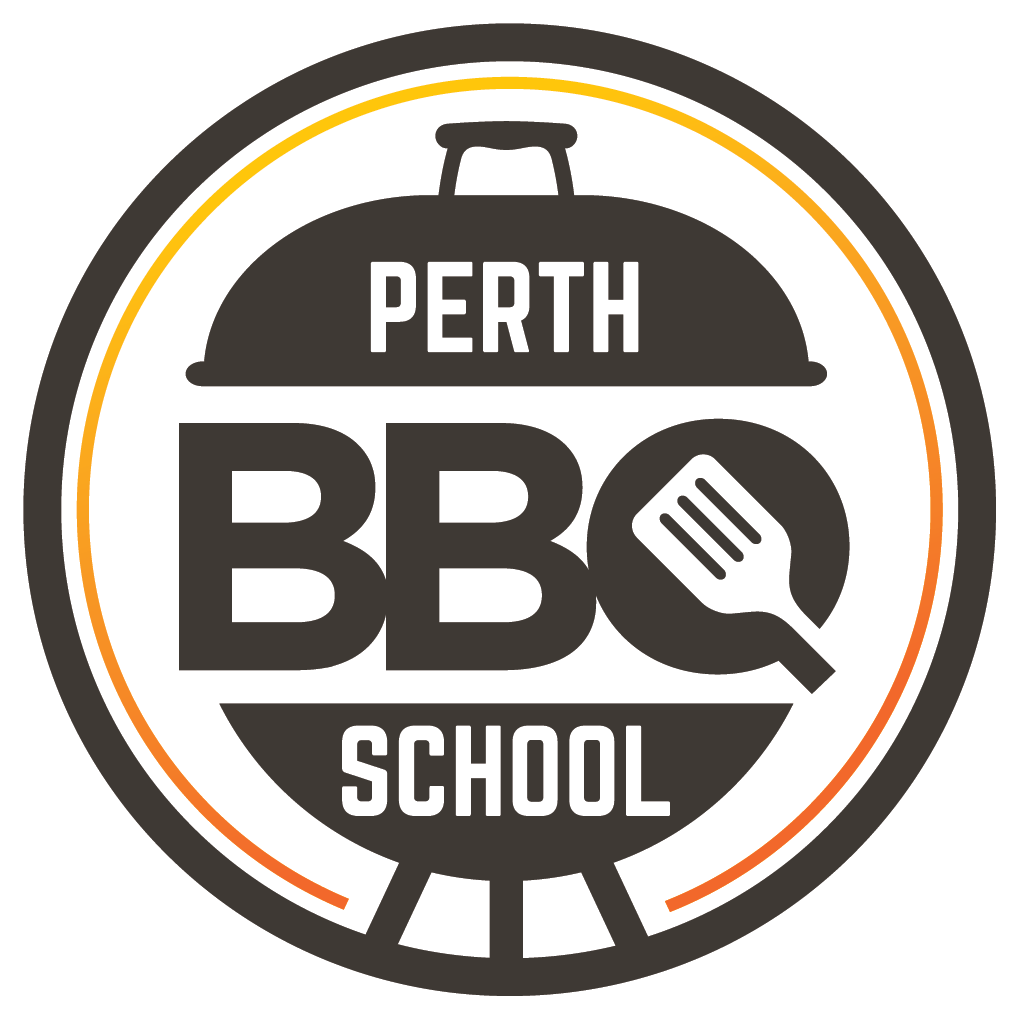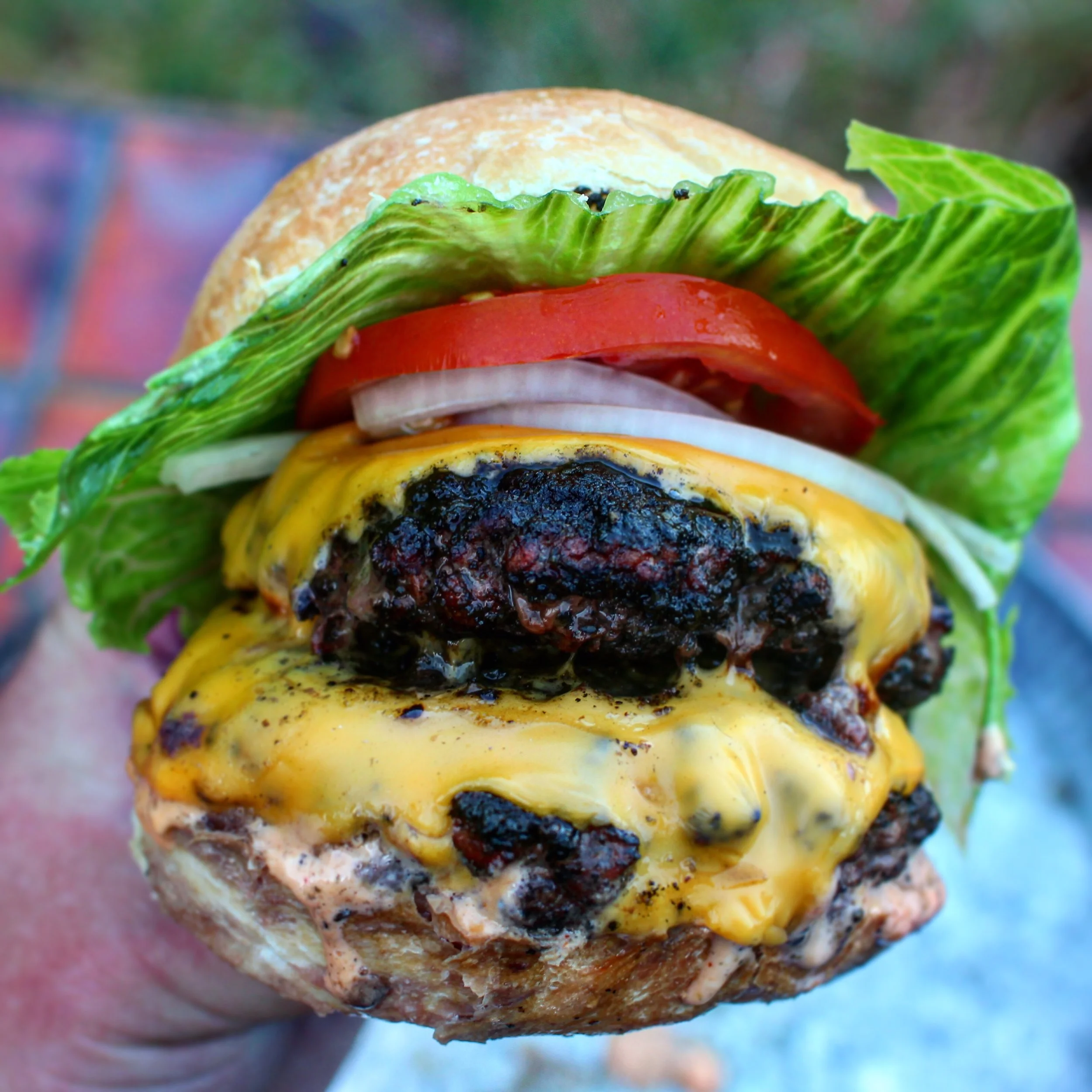How To: The Perfect Burger Patty
Love burgers? Want to impress your friends? Then learn how to make the perfect burger patty. Try this and you will never buy pre-made patties again and it may ruin you for eating burgers at restaurants.
This article is the next instalment in my series of how-tos across a variety of BBQ techniques - if you have any specific techniques you'd like to see leave me a comment and I'll see what I can do!
Also don't forget to follow me on instagram for the latest in what I'm cooking.
The Perfect Burger Patty
Last year I had the honour of taking out the Buy West Eat Best award for Best Burger in The West with my gargantuan creation 'If you got beef then bring the ruckus'. (see it here)
Ever since then I get asked fairly regularly what my "secret" burger patty recipe is, which I'm more than happy to share, but the answer often surprises people.
See, the perfect burger patty should be no more than: quality ground beef, salt and pepper for seasoning.
"But what about egg?"
NO.
"Surely bread crumbs?"
NO.
"Diced onion?"
It's not a rissole, mate.
If you choose your beef properly and treat it correctly it will have more flavour than any ingredient-heavy patty and will have no need for any traditional binders.
The Meat
The perfect patty starts with meat selection. Pictured above is navel end brisket on the left and chuck on the right.
Brisket and chuck are my two favourite options for burgers. Short rib has always been quite popular and is excellent however I find can be a bit too expensive. There's no need for expensive prime cuts like porterhouse or scotch fillet you will get far more flavour from these secondary cuts and once minced will be just as tender.
What you are looking for when you purchase your meat is a good fat ratio. The golden rule of burgers is in the vicinity of 70/30 meat/fat to 80/20. Just ensure there is a good amount of visible fat.
In the picture above the chuck is a bit on the lean side, the brisket a bit on the fatty side. Combined they will be spot on.
Storebought mince will never have the right fat ratio and your patties will be dry and fall apart. If you're concerned about fat then burgers aren't for you, go eat a chicken breast or something.
Mincing your own beef is honestly life changing. The flavour you get from it makes you realise how messed up supermarket mince is because it is just worlds apart. I can't stress this enough.
I use the Kenwood MG700 - it powers through meat in no time, is all stainless steel for easy cleaning. If the budget doesn't allow you can get hand mincers pretty cheap online. Your butcher will also generally be happy to grind some up for you in the shop.
Use a coarse grind for the meat - I use a 10mm plate, the largest option with the Kenwood.
The Patty
Once you have your mince give it a bit of a mix around with your hands - if you've used different cuts you want to make sure they are mixed through. Be careful not to overwork the meat.
Form the mince in to balls. In terms of size I broadly have two types of burger patty: thick ones and thin ones. The thick ones are about 220g, thin around 150g. Once you've weighed your meat a few times you will get pretty good at doing it by sight.
On the thickness I use different patties for different applications, thin patties are great for if you feel like a double or want to load up with a variety of toppings. Thick patties are for when you want the beef to really take centre stage. If it's your first time mincing your own beef go the thick patty.
Press down your balls with your hand (why is BBQ full of so many innuendos!) to form the patty. Again, don't overwork the meat or it will be too dense. Don't stress if it it's not a perfect circle #allburgersarebeautiful
I usually put the patties in the fridge while I get everything else ready - I find having an hour in the fridge in patty form helps them keep their form on the BBQ.
No seasoning yet. Salting too early will cause the muscle proteins to dissolve, resulting in a dense, sausage like patty (Kenji from Serious Eats explores this in great detail in his Food Lab book - well worth the read).
Cooking
There are a number of great ways to cook your burger - you can smoke them, reverse sear them, sear on a flat plate - but as this is about the perfect burger patty I'm going to use my favourite method: grilled direct over charcoal.
This is my favourite because you it maximises that crunchy exterior formed by the maillard reaction while still extracting the extra flavours that come with charcoal and woodfire based cooking.
Once your BBQ or chosen cook method is hot and ready to go take your patties out of the fridge and season with salt and pepper. I put the lightest smear of oil on the patties just to help the seasoning stick - it's such a small amount it doesn't really matter what oil you choose.
Be liberal with your seasoning, especially the pepper, as this is what will form that delicious crust. I don't generally add much more than salt and pepper as a proper burger should be about letting the meat shine through, however I must say I have been getting into the charcoal based rubs such as Hardcore Carnivore Black, they give a wonderful blackened colour and a tasty crust. If it's your first time just salt and pepper though!
Put your patties on the grill, flipping once a good crust has formed. Make sure you have a solid scraper/spatula as you need to be confident when sliding it under the patty or else you'll leave half of it on the grill.
Cook to your desired doneness - I'm a medium guy when it comes to burgers which is around 135-140f (57-60c). Due to the fat content of these burgers if you or your guests prefer well done it's not a dealbreaker (but if you ever ask for your steak well done get out of my house).
If you opted for the thick patty you may find you need to pop the weber lid on for a touch to help the patty cook through a little faster.
Apply cheese once you're a couple of degrees off your desired doneness and pop the lid back on to melt.
Once you've cooked these a few times you likely won't need to check internal temperatures, I only do if I'm catering.
The Burger
From here it's really up to you what direction you go with building your burger, however if it's your first time following this sort of method I strongly recommend keeping it simple so you can fully experience the wonder that is house ground beef.
For the perfect patty article I went with a classic cheeseburger, pickles and onion only (white onion is the best!) and special burger sauce* - I went through a massive brioche phase but these days I've been getting back in to the trusty white roll.
Once you've tried that, start experimenting - I'm in love with kimchi on burgers at the moment so give my Seoul Smash Kimchi Burger a try!
If you've got any great burger tips I'd love to hear them!
*special burger sauce: at its most basic a typical burger sauce is mayo & ketchup. This sauce was two parts mayo to one part ketchup, diced pickles and a splash of pickle juice.









